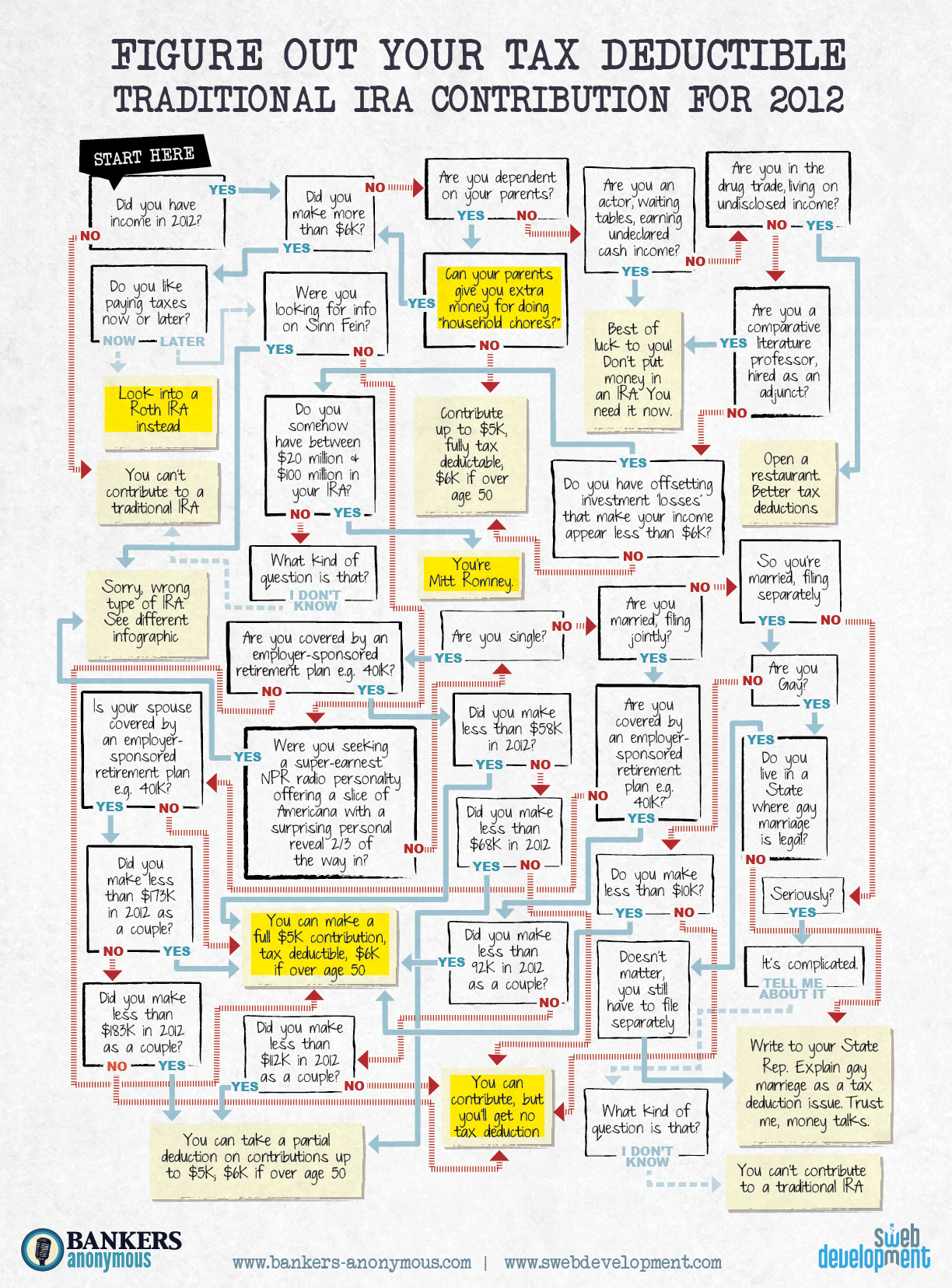This is the final part of a series (Part 1, Part 2, Part 3)
If your portfolio is still sitting on the sidelines in cash as you wait for the right time to enter the market, you may want to consider a new strategy. There is always a headline out there to suggest that the market is about to go down. Here are a few strategies we suggest you consider:
1) Turn off the TV. 95% of what you hear and read about the economy is noise. A recent article on the front page of Yahoo.com reports that actress “Mila Kunis Rotates From Cash to Stocks”. We’re not putting the link there, because that’s the noise we’re talking about.
2) Put a multi-year plan together. Step 1 – Decide what the funds will be used for and when you expect to need them. Step 2 – Determine the amount of risk you need to take in order to reach your goals. If not, there are many strategies that can be used to help you. Maybe you need to save more, or maybe you need a new investment portfolio and investment strategies.
3) Stick to it. It’s important to remain committed to the plan, with periodic tweaks and changes. All to often, we see plans used for only a short period of time before old habits come back.
4) Get a second opinion. It’s important to remember to tap the expertise of a financial advisor when developing your plan. When prospective clients ask us for help, we dig deep to make sure all their investments and assets (including their 401(k), IRA, ROTH IRA, bank accounts) are working well together. We look at a few key areas for each portfolio: proper diversification, fees & expenses, performance, and volatility within the portfolio. Each of these is important and is driven by a client’s personal situation and risk tolerance. Most importantly, we look to see if this portfolio could achieve the client’s financial goal.
